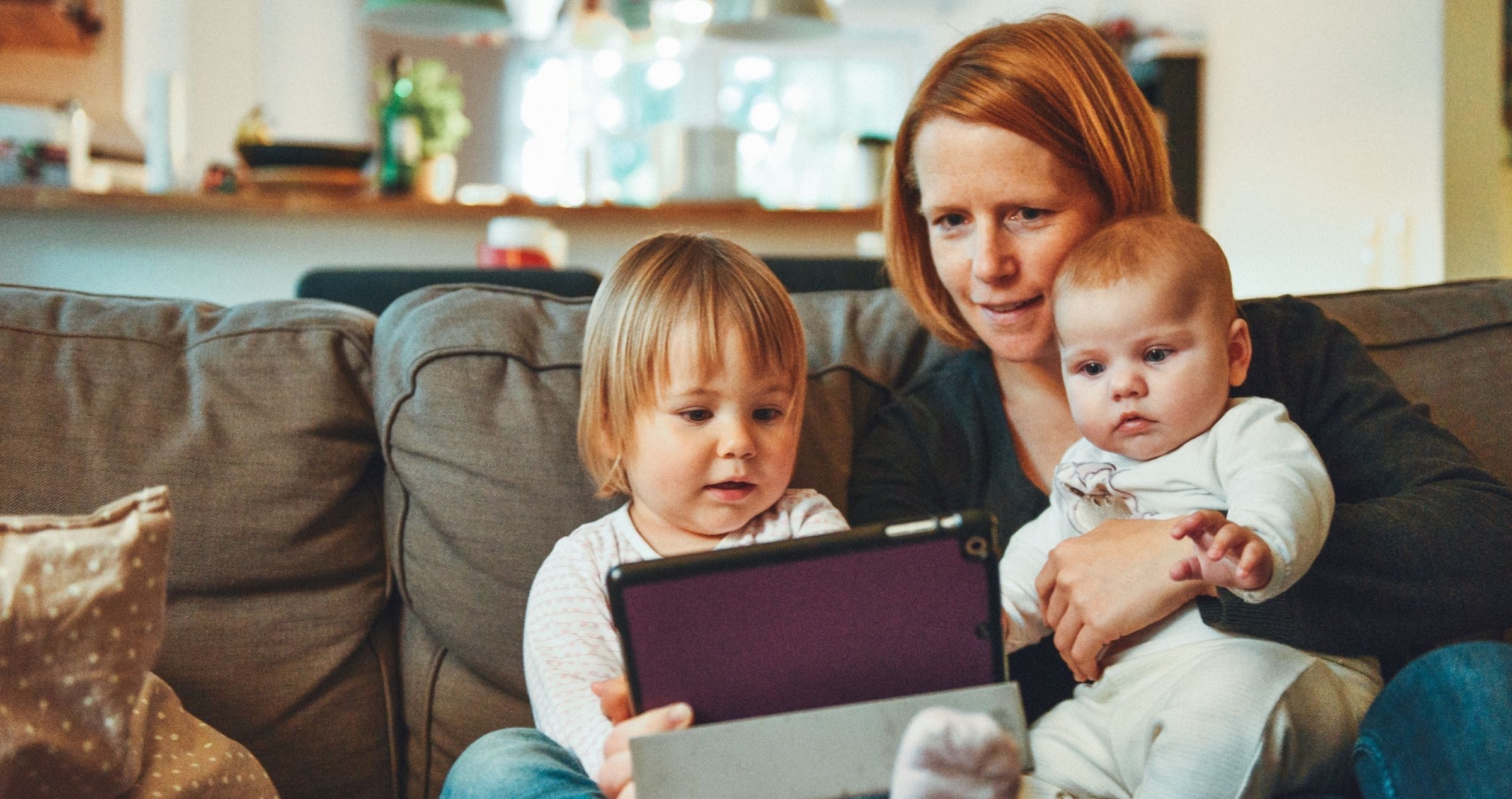Vision loss from glaucoma is commonly asymptomatic and develops over time. This is why it is nicknamed the “sneaky blindness”. Changes in proficiency to perform daily activities may be an early indicator that vision is affected.

Adults with glaucomatous loss may experience difficulty conducting everyday activities, reduced quality of life and adverse impact on mental health.
Glaucoma often does not result in vision loss, particularly when it is detected early and managed. However, in some cases, glaucoma can cause vision loss, despite the exhaustive efforts of ophthalmologists. When there is reduced vision, the severity of impairment can vary from mild to profound and in rare cases, blindness. The level of impact of vision loss on function and quality of life is unique to each person.
Whilst the primary focus of glaucoma care is to limit damage to the optic nerve and the visual system through medicine and surgery, resultant vision loss can be addressed by rehabilitation. Those who experience a decline in quality of life and/or increased disability, even in the early stages of glaucoma, are likely to benefit from low vision intervention. Therefore, low vision services should be considered as part of a holistic care plan when managing glaucoma.
Low Vision and Disability
The International Council of Ophthalmology and the International Classification of Diseases, (ICD-9 and ICD-10 CM) define low vision as a vision impairment caused by eye disease in which visual acuity is 6/18 or 30 degrees of visual field loss and vision cannot be corrected with glasses, contact lenses, medicine or surgery.
Visual challenges reported by people with glaucoma were:
- adapting to changes in lighting,
- trouble seeing in dim or dark environments
- blurred vision
- difficulties with glare
- notable field loss and
- reduced contrast sensitivity
Individuals who express these difficulties would qualify as having a vision disability that can be assisted by low vision services.
Studies have reported that the most common complaints by people with glaucoma were challenges with mobility, reading and driving.
Mobility
People commented on difficulties with steps, shopping and crossing roads. These challenges correlated with increased risk of falls, restricted physical activity and reduced quality of life.
Reading
Reading ability reduced in those with glaucoma, even with good detail vision (acuity). The scope of reading deficiency included difficulty in reading along a line, reading small print (particularly if low contrasted) and decreased reading speed.
Driving
Surveyed results indicated that those with glaucoma had an increased perceived difficulty to drive, particularly at night.

- Magnification and Print Accessible TechnologyShow lessShow more
Optical magnifiers are valuable low vision aids as they are easy to use and low cost in comparison to other technologies such as electronic magnifier or specialist magnification and speech software.
Electronic magnifiers are useful as they offer variable magnification, high contrast (with reversible contrast option) and high-resolution features.
Optical Character Recognition (OCR) and specialist magnification software technologies are also marketed to assist with accessing both paper-based and electronic print.
For those with field loss affecting the central vision, an orthoptic or optometric assessment is advised to identify the most appropriate magnification aid. This is to ensure that the remaining visual field is taken into account when investigating how large the image can be enlarged without imposing on the field loss.

- Field EnhancementShow lessShow more
Scanning training can be offered by low vision orthoptists to aid in increasing awareness within the area of field loss.
Telescopes and prisms can also be used to optimise the visual field. Prisms are assessed by an orthoptist or optometrist and may require training to adapt to spatial changes.
Eccentric viewing training can be employed to optimise preserved on-central vision. This training is conducted by low vision orthoptists skilled in eccentric viewing training.
- Strategies for Daily Living ActivitiesShow lessShow more
Enhancing lighting conditions in the home and for near tasks will be beneficial in optimising residual field of vision. General room lighting will ensure adequate lighting is available for mobility and general activities for daily living. Employing lamps for near task such as reading and writing can be used to enhance the visibility of the task. When increasing lighting, glare should be accounted for and strategies should be used to mitigate the impact of glare.
Occupational therapists can provide general activities of daily living support through strategies and/or simple technology devices. They will be able to assist with personal care, grooming, preparing meals safely, accessing appliances and attending to medications. Occupational therapists can also conduct an assessment for home modifications to help you to continue to live in your own home and ensure your home is safe.
Mobility training by an orientation and mobility instructor would assist you develop the relevant skills for safe and efficient mobility in familiar and unfamiliar environments.

- Professional Emotional SupportShow lessShow more
Professional emotional care is also an integral component in attaining the desired level of quality of life. A skilled mental health professional will be able to complement the support received from family and friends. They will be able to provide advice and strategies to guide you through the several emotional and adaptive stages someone with vision loss journeys through.
Low Vision Services
Seeking support from an experienced vision rehabilitation therapist such as orthoptist, occupational therapist or orientation and mobility instructor can assist in maintaining independence and aid in improving quality of life. Therapists can offer advice, strategies and assistive technology to aid in attending to a variety of every day activities.
Low vision intervention should be individualised to meet personal needs while accommodating for associated health conditions, considering social supports and understanding the emotional well being of each individual.
The following outlines primary interventions that can support those with glaucomatous vision loss:
Children with Glaucoma
Primary congenital glaucoma in children is a rare condition. Congenital glaucoma is often identified and diagnosed before 2 years old, but commonly presents between the ages of 3-9 months. Glaucoma identified in children older than 3 years is called juvenile open angle glaucoma. Early detection and efficient treatment of glaucoma is vital in preserving vision.
Vision loss linked with congenital glaucoma is more complex than loss caused by adult onset glaucoma. Congenital glaucoma can be associated with other eye conditions such as corneal opacities, cataracts and amblyopia. These additional conditions can impact vision in various ways, e.g. in addition to glaucomatous field loss, corneal opacities and cataracts may diminish clarity of vision, reduce contrast and also cause glare sensitivity.
Vision impairment due to congenital glaucoma can vary from mild loss to near blindness. Poor vision in childhood can adversely impact on general development, including physical (movement), communication (language), social and emotional areas. Therefore it is vital that habilitation and rehabilitation services should be implemented without delay to promote general development.
Early Childhood and Development Support
For children with congenital glaucoma, early intervention from therapists and educators is the key to optimise learning and development. A co-ordinated multidisciplinary approach with paediatricians, ophthalmologists, orthoptists, optometrists, early childhood educators, physiotherapists, speech pathologists, occupational therapists and orientation mobility instructors will be effective in supporting your child and family.
In addition to the above mentioned low vision services, children with congenital glaucoma will also benefit from guidance from an early childhood educator to oversee and support general development. Furthermore, a functional vision assessment conducted by a low vision orthoptist will provide a clear understanding of what your child can see and how they use their vision. A functional vision assessment forms the beginning of rehabilitation services and is separate from the ophthalmologist assessment.
The information obtained from a functional vision assessment provides the essential foundations for individualised therapy and education intervention programs. A cohesive multidisciplinary team, working with your child and family, can successfully assist your child bridge gaps in development imposed by vision loss.

References
- Aponte EP, Diehl N, Mohney BG. (2010). Incidence and clinical characteristics of childhood glaucoma: a population-based study. Arch Ophthalmol, 128(4):478-482.
- Cesareo, M., Ciuffoletti, E., Ricci, F., Missiroli, F., Giuliano, M. A., Mancino, R., & Nucci, C. (2015). Visual disability and quality of life in glaucoma patients. Progress in brain research, 221, 359–374. https://doi.org/10.1016/bs.pbr.2015.07.003
-
Gupta V, Dutta P, OV M, Kapoor KS, Sihota R, Kumar G. (2011). Effect of glaucoma on the quality of life of young patients. Invest Ophthalmol Vis Sci, 52(11):8433-8437.
-
Haddad, M. A., Sampaio, M. W., Oltrogge, E. W., Kara-José, N., & Betinjane, A. J. (2009). Visual impairment secondary to congenital glaucoma in children: visual responses, optical correction and use of low vision AIDS. Clinics (Sao Paulo, Brazil), 64(8), 725–730. https://doi.org/10.1590/S1807-59322009000800003
- Hu, C. X., Zangalli, C., Hsieh, M., Gupta, L., Williams, A. L., Richman, J., & Spaeth, G. L. (2014). What do patients with glaucoma see? Visual symptoms reported by patients with glaucoma. The American journal of the medical sciences, 348(5), 403–409. https://doi.org/10.1097/MAJ.0000000000000319
- Kaleem, M. A., & Are, A. A. (2020, April 5). Low Vision and Vision Rehabilitation in Glaucoma. American Academy of Ophthalmology. https://eyewiki.aao.org/Low_Vision_and_Vision_Rehabilitation_in_Glaucoma
- Ramulu P. (2009). Glaucoma and disability: which tasks are affected, and at what stage of disease?. Current opinion in ophthalmology, 20(2), 92–98. https://doi.org/10.1097/ICU.0b013e32832401a9
- Renieri, G., Pitz, S., Pfeiffer, N., Beutel, M. E., & Zwerenz, R. (2013). Changes in quality of life in visually impaired patients after low-vision rehabilitation. International journal of rehabilitation research. Internationale Zeitschrift fur Rehabilitationsforschung. Revue internationale de recherches de readaptation, 36(1), 48–55. https://doi.org/10.1097/MRR.0b013e328357885b
- Robison S. (2010) Advanced Glaucoma and Low Vision: Evaluation and Treatment. In: Schacknow P., Samples J. (eds) The Glaucoma Book. Springer, New York, NY. https://doi.org/10.1007/978-0-387-76700-0_31
- Turalba AV, Chen TC (2008). Clinical and genetic characteristics of primary juvenile-onset open-angle glaucoma (JOAG). Semin Ophthalmol. 23(1):19-25.
